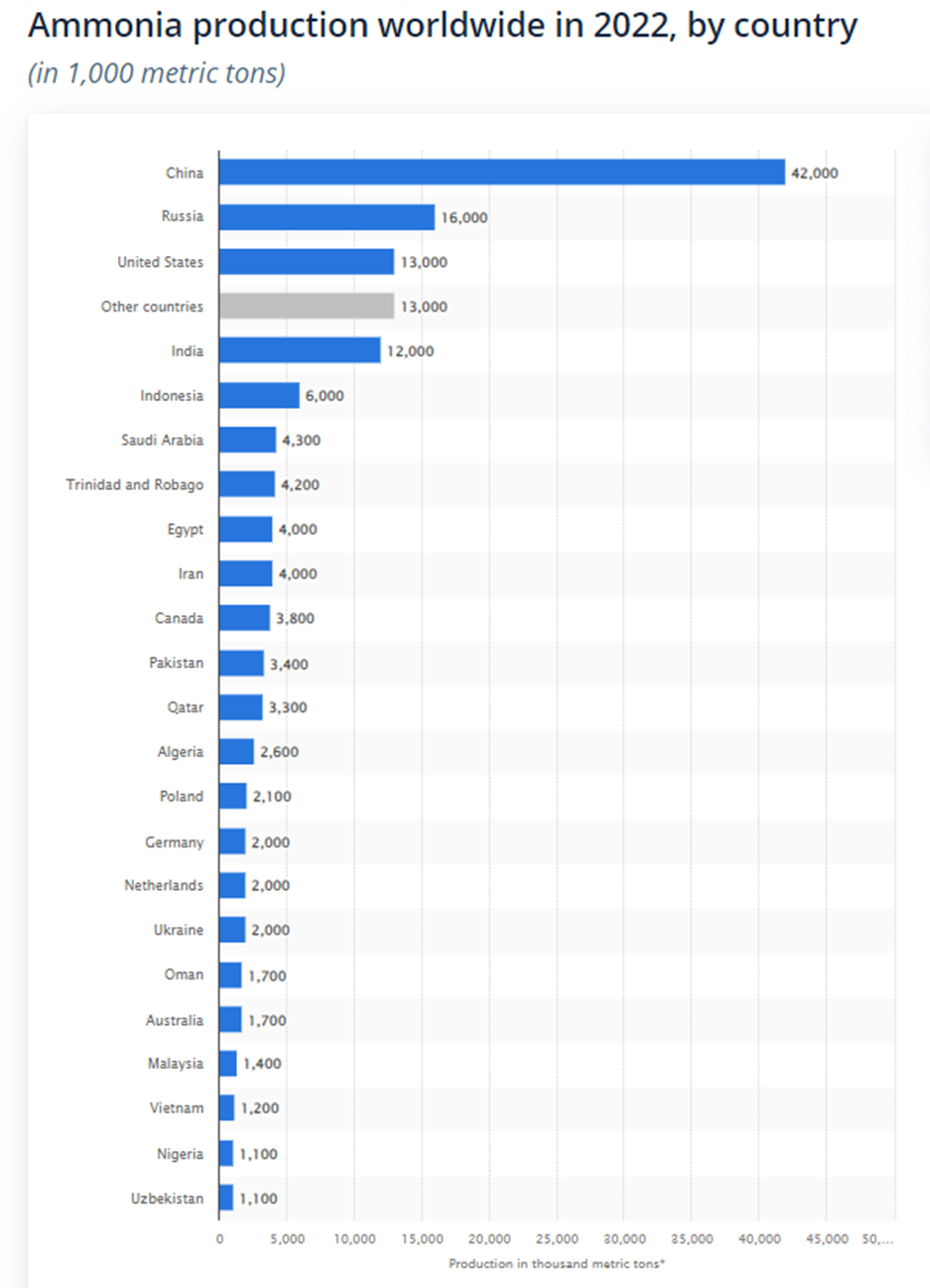THE BLACK SEA GRAIN INITIATIVE
How it started and why it
ended
Articlე by Agnieszka Kopertowska-Latoszek
and Vakhtang Maisaia
July 2023
Introduction
Whatever you call it, an unprovoked Russian full-scale invasion on Ukraine or a Special Military Operation in Ukraine, the aftermath is the same. February 24th 2022 was the day when people started being killed in regular military actions, many had to leave their homes both to seek safe shelter abroad or to be deployed to the battlefield. Many buildings, roads, bridges, farmlands, factories, power plants started to be military targets rather than objects that serve the people like they should. Ever after the whole Europe is in great danger, great economic collapse and in a great mess.
Terms of Agreement
All
participants of the Initiative agreed to establish a Joint Coordination Centre
(JCC) in Istanbul, comprised of
representatives of Ukraine, the Russian Federation, Turkey and the United Nations, which role was to
enable the resumption of exports from Ukraine of grain, other foodstuffs, and fertilizer, including ammonia,
through a safe maritime humanitarian corridor
from three key Ukrainian ports, Chornomorsk, Odesa and Yuzhny, in the Black Sea to the rest of the world.
At the same time, according to a separate agreement, The UN will be engaged “to facilitate the unimpeded exports to world markets of Russian food and fertilizer – including the raw materials required to produce fertilizers. This agreement is based on the principle that measures imposed on the Russian Federation do not apply to these products.”1 The intention of this part of the deal was minimizing the impact of western sanctions on the export of Russian food and fertilizers.
The
Agreement was initially signed for 120 days with the option of renewing it.
Key figures
The two fighting this war sides are one of the greatest providers of soft commodities like wheat, corn or sunflower products to the world. Both Ukraine and Russia are breadbaskets for many people in different parts of the world. Moreover both countries are producers of fertilizers and their components.
Regarding world’s wheat exporters, both countries are among the top 15 in 2022 by value.2 The countries from the list below account for 90,4% of globally exported wheat by value, Ukraine and Russia combined covered 14,3%.
1. Australia: US$10.2 billion (15.4% of total wheat
exports)
2. United States: $8.52 billion (12.9%)
3. Canada: $7.9 billion (12%)
4. France: $7.4
billion (11.2%)
5. Russia: $6.8 billion (10.3%)
6. Argentina: $3.1 billion (4.7%)
7. Ukraine: $2.7 billion (4%)
8. Germany: $2.2 billion (3.3%)
9. India: $2.13 billion (3.2%)
10. Romania: $2.1 billion (3.2%)
11. Kazakhstan: $1.9 billion (2.9%)
12. Bulgaria: $1.5 billion (2.2%)
13. Poland: $1.4 billion (2.1%)
14. Lithuania: $1 billion (1.5%)
15. Brazil: $967.3 million (1.5%)
Map 2. Wheat production, 2021
Source:https://ourworldindata.org/grapher/wheat-production?facet=none&country=AUS~USA~CHN~CAN~BRA~ARG~RUS~KAZ~UKR~ DEU~FRA~POL~GBR~TUR~ROU
Source:https://ourworldindata.org/grapher/wheat-production?tab=chart&facet=none&country=AUS~USA~CHN~CAN~BRA~ARG~RUS~ KAZ~UKR~DEU~FRA~POL~GBR~TUR~ROU
The next important commodity is corn, where both Ukraine and Russia are listed among top 15 countries accounting for 93,5%
globally export by value in 2022, and together the countries provided
10,7% of world’s export.3
1. United States: US$19 billion (30.5% of total corn exports)
2. Brazil: $12.3 billion (19.6%)
3. Argentina: $8.6 billion (13.8%)
4. Ukraine: $6 billion (9.6%)
5. France: $2.4 billion (3.8%)
6. Romania: $2 billion (3.2%)
7. Poland: $1.3 billion (2.1%)
8. South Africa: $1.2 billion (1.9%)
9. India: $1.12 billion (1.8%)
10. Paraguay: $1.09 billion (1.7%)Map 3. Corn production, 2021
Source: https://ourworldindata.org/grapher/maize-production?tab=map
Chart 2. Corn production in tonnes, 1961-2021
Source:https://ourworldindata.org/grapher/wheat-production?tab=chart&facet=none&country=AUS~USA~CHN~CAN~BRA~ARG~RUS~ KAZ~UKR~DEU~FRA~POL~GBR~TUR~ROU
Chart 3. Export
volume of sunflowerseed oil worldwide from 2016/17 to 2022/23, by country (in 1,000
metric tons) Source:
https://www.statista.com/statistics/620317/sunflowerseed-oil-export-volume-worldwide-by-country/
Other products listed in The BSGI are fertilizers that are crucial plant growth drivers essential in modern farming. There are various kinds of products: nitrogen-based, potassic-based, phosphatic-based, animal or vegetable fertilizers. According to World’s Top Exports5 the biggest fertilizer exporters in 2022 were:
1. Russia: US$20.7 billion (15.5% of total
exported fertilizers)
2. Canada: $13.7 billion (10.3%)
3. China: $11.4
billion (8.5%)
4. United States: $8.5 billion
(6.4%)
5. Morocco: $7.7 billion (5.8%)
6. Saudi Arabia: $6.8 billion
(5.1%)
The group listed above accounted for 51,6% of globally exported fertilizers in 2022. Ukraine was not listed among 30 top exporters last year.
Chart 4. Ammonia
production worldwide in 2022, by country(in 1,000 metric tons)
Source: https://www.statista.com/statistics/1266244/global-ammonia-production-by-country/
The best way to present the market situation in wheat and corn is to show the grain prices in the USA and Europe. Chicago Board of Trade (CBoT) and Euronext Derivatives Paris (EDP) are main price sources and markets to trade. Start of the war caused the prices of Futures to skyrocket.
Chart 5. Wheat Futures CBoT in white,
Milling Wheat Futures
EDP in blue, 5Y chart
Source: Bloomberg
Chart 6. Wheat Futures CBoT in white,
Milling Wheat Futures
EDP in blue, since January
2022
Source: Bloomberg
What happened?
The counterparty that terminated or suspended the Agreement was The Russian Federation. According to the Kremlin for the past 12 months only Ukraine was guaranteed the full possibilities to operate
under the terms agreed but the part concerning Russia has not been implemented. The deal was
one-sided only. Russian officials have been pointing out throughout the last couple of months that Russian demands
are not met, nonetheless they continued
to operate as agreed.
There were several flash points raised by Russian side6:
●
Restrictions on insurance and reinsurance for vessels carrying Russian
grains
were not lifted, which made shipments
of Russian agricultural product much more difficult and pricy.
●
Resumption of supplies of agricultural machinery and
parts did not take place, similarly
●
Resumption of the Togliatti-Odesa ammonia
pipeline.
●
Freezing of assets and the accounts of Russian
companies involved in food and fertilizer
exports were not lifted.
Chart 7. Volume
of agricultural exports
from Ukraine secured
by the Black Sea Grain
Initiative from August
3, 2022 to July 17, 2023, by country(in million
metric tons)










Comments
Post a Comment